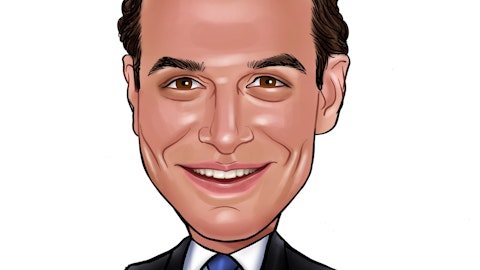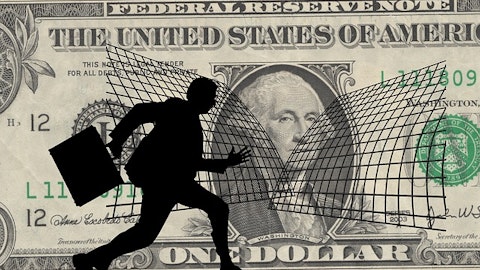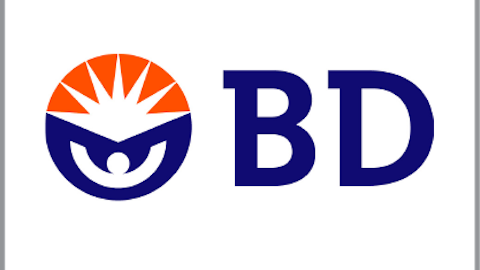Key Risks
Similar to our analysis of dividend aristocrat Medtronic, BDX must comply with a variety of healthcare regulations, which could result in pricing pressure, lower reimbursement rates for some of its products, and other unexpected headwinds. For example, part of the Affordable Care Act, which was enacted in March 2010, enacted a 2.3% excise tax on U.S. sales of certain medical devices.
On the flipside, at least in the U.S., healthcare reform is helping more Americans gain health insurance coverage, increasing the number of needles, syringes, and other medical supplies consumed.
Outside if regulatory risk and currency headwinds, the company will have its hands full integrating CareFusion and extracting its expected synergies over the next few years. Given the size of this deal, especially compared to BDX’s historical acquisitions, execution needs to be strong.
All things considered, BDX’s diversified portfolio, recession-resistant products, strong business model, long operating history, and disciplined management team increase the company’s durability.
Dividend Analysis
We analyze 25+ years of dividend data and 10+ years of fundamental data to understand the safety and growth prospects of a dividend. BDX’s long-term dividend and fundamental data charts can all be seen by clicking here.
Dividend Safety Score
Our Safety Score answers the question, “Is the current dividend payment safe?” We look at factors such as current and historical EPS and FCF payout ratios, debt levels, free cash flow generation, industry cyclicality, ROIC trends, and more. Scores of 50 are average, 75 or higher is very good, and 25 or lower is considered weak.
BDX’s dividend Safety Score of 88 is excellent. Over the last four quarters, BDX’s dividend has consumed 45% of the company’s free cash flow, providing plenty of cushion and room for future growth.
Looking longer-term, we can see that BDX’s payout ratios have largely remained between 25% and 40% (the 2015 spike in its EPS payout ratio is due to noisy accounting charges and isn’t significant). Such a stable ratio shows that BDX has done a great job of consistently growing its earnings to fuel its dividend growth and has been consistently profitable.

Source: Simply Safe Dividends

Source: Simply Safe Dividends
Evaluating BDX’s performance during the recession can help us understand how resilience of its business. Many healthcare-related products tend to be more recession-resistant because sick and injured people still need to be taken care of regardless of economic conditions. As seen below, BDX’s sales actually grew each year, and its stock outperformed the S&P 500 by 20% in 2008.

Source: Simply Safe Dividends
The company has also generated a return on invested capital in the mid-teens over the last decade, indicating that the company has an economic moat and has a stable business model.

Source: Simply Safe Dividends
Free cash flow generation is also very important to evaluate when it comes to evaluating the safety of a company’s dividend. Businesses that fail to generate free cash flow must rely on debt and equity markets to keep paying their dividend and are often of lower quality.
BDX has generated positive and growing free cash flow in each of its last 10 years of business.

Source: Simply Safe Dividends
Finally, analyzing the balance sheet is important because companies with high amounts of debt could find themselves in a crunch if business trends deteriorate and they must make interest and debt payments. They will always pay credit holders before issuing a dividend.





